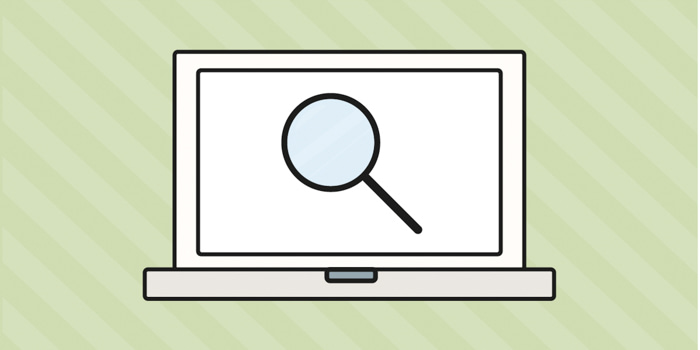How to prepare for a pitch

A brilliant pitch can bag you big business. But pitching doesn’t always come easy. So how do you prepare for a pitch? To learn the tricks of the trade, we asked Katrina Vines, a freelance marketing consultant, to tell us her secrets to pitching. Over to you Katrina!
I like pitching. I spend a big chunk of my time in advertising agencies securing new business and building client relationships. I really enjoy the buzz that comes with giving the presentation, but it wasn’t always this way. Here are my insider tips to help settle your nerves and set you up for success.
First and foremost
I’m going to assume that you have a genuine passion for your business idea, product, or service and you’re convinced that it’s the best for the job. If so – that’s half the battle won. Real belief and enthusiasm will outshine everything you say, write, and do. And that will impress your potential clients.
Similarly, you need to know what your business stands for and be able to get people excited about it—quickly. I suggest having an ‘elevator pitch’ ready. This may feel a bit robotic at first, but it does pay to write a paragraph or some bullet points on what makes you and your product or service different. What you say impacts what someone thinks of your business, so don’t waffle. Use natural, everyday language.
Prove yourself
Before you invite people to hear your pitch, make sure your credentials are in order. Write a case study at the end of every completed project, comprising what, when, where, why, and how you delivered it. Ask your satisfied clients for references too. If you’ve yet to have a paid client of your own, don’t worry – any relevant experience either under previous employers or unpaid work still counts. If you haven’t been doing this, I’d say start now. I have often struggled to pull together relevant examples of my work in a last-minute panic, and believe me, you don’t need the extra pressure when you’re facing a pitch.
Research is key
To truly differentiate yourself, you need to know what your competition is up to. Get up to speed with the trends and developments in your industry. This means being vocal and active in all the relevant channels as a matter of course. Going to events, subscribing to (and reading) industry publications, and keeping abreast of social media, to name a few.
So you’ve got your credentials sorted, you are completely clued up on the market, and can explain exactly why your business is the best at what it does. And now you’ve been asked to meet a potential client. What next? Naturally, you’ll need to do a ton of research. Mainly, you’ll need to understand what makes them tick and which of their problems you are going to help solve. How are they performing in the market? What were their biggest successes? What are their biggest challenges? What are they like as people?
The pitch itself
Always remember: the meeting is about your client and the solution you’re providing to their problem. Constantly ask yourself whether you’ve done what the brief asked for and whether you’ve provided a clear and interesting set of solutions to help your potential client. And of course, you need to set aside plenty of time to rehearse properly. That means practice in front of other people, on your own, in front of a mirror, and with a timer.
On a practical note, make sure the technical setup of the room is prepared for you, or request to get there early to set it up yourself. Make sure you’ve tested the device you’re presenting from and see if it connects with the screen in the room, and if the audio will reach everyone in the room. You don’t want to end up presenting via the medium of interpretive mime. (I have tried this and although it was fun, it didn’t work).
On another practical note, make sure you’ve got a bottle of water, gum or breath freshener, and some tissues handy in case you get dry-mouthed or runny-nosed when you’re nervous—like me.
The final touch
Without a doubt you’ll have a fresh bunch of slick Business Cards to leave with each person. Also, think about what else you’ll leave behind after your presentation, especially if you covered a lot of information. A one-page executive summary printed on your Letterhead, to accompany a bound copy of your fully annotated presentation will ensure you’re not forgotten.
Keep in touch
Get design inspiration, business tips and special offers straight to your inbox with our MOOsletter, out every two weeks.






